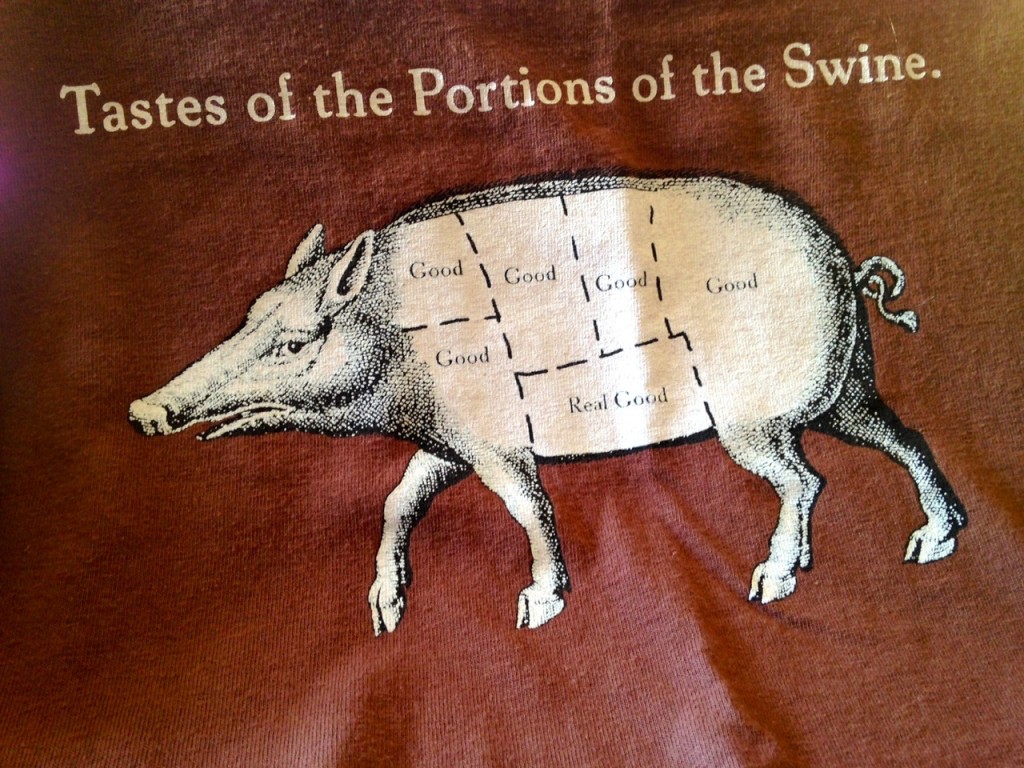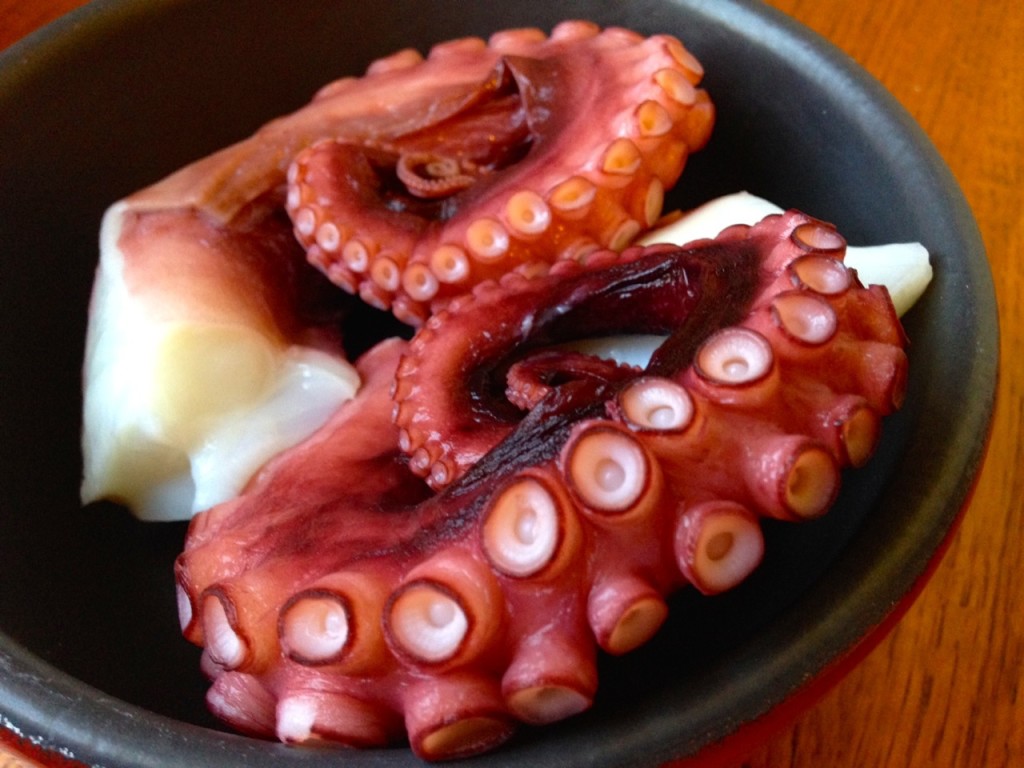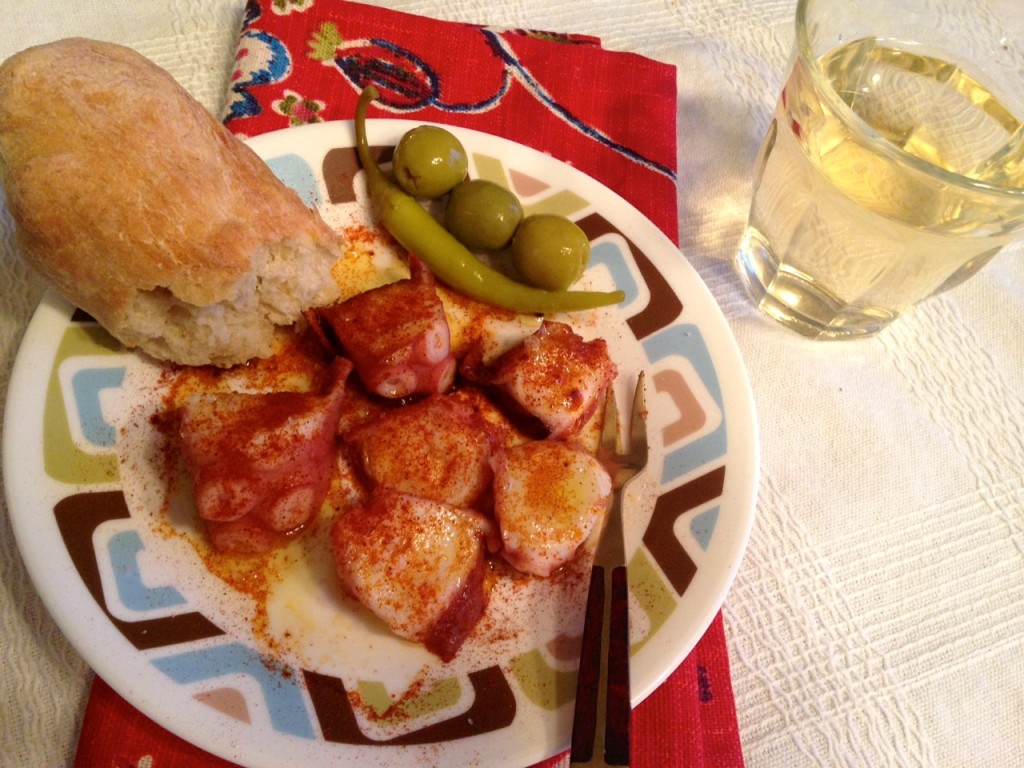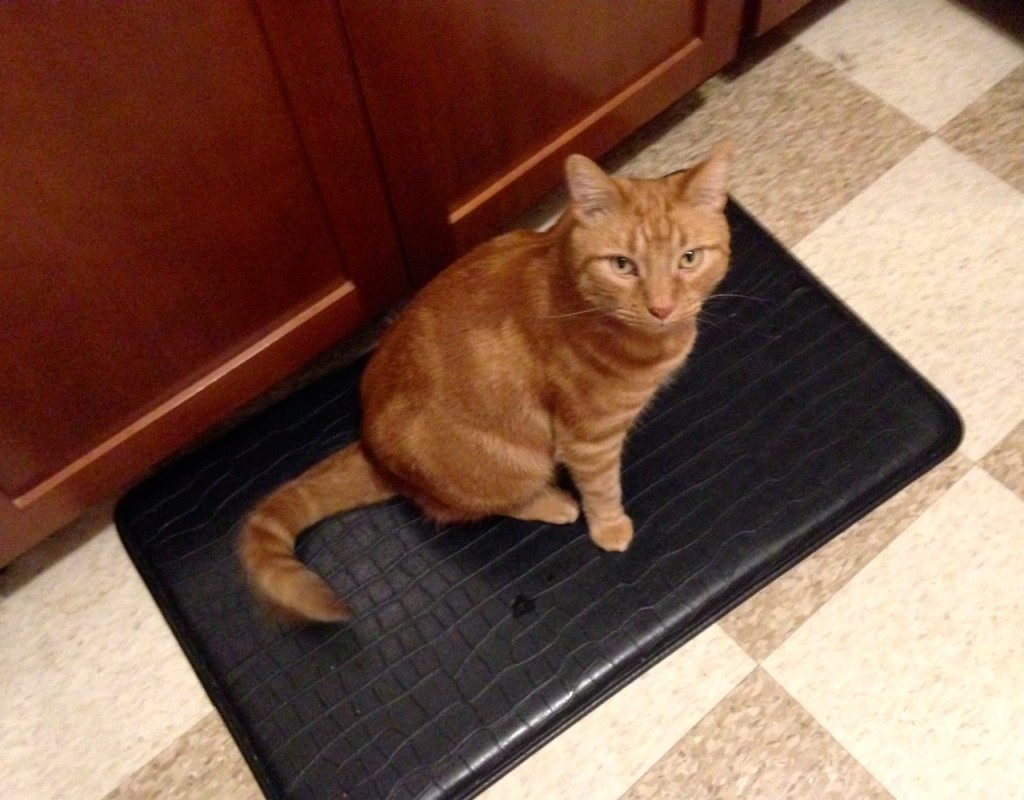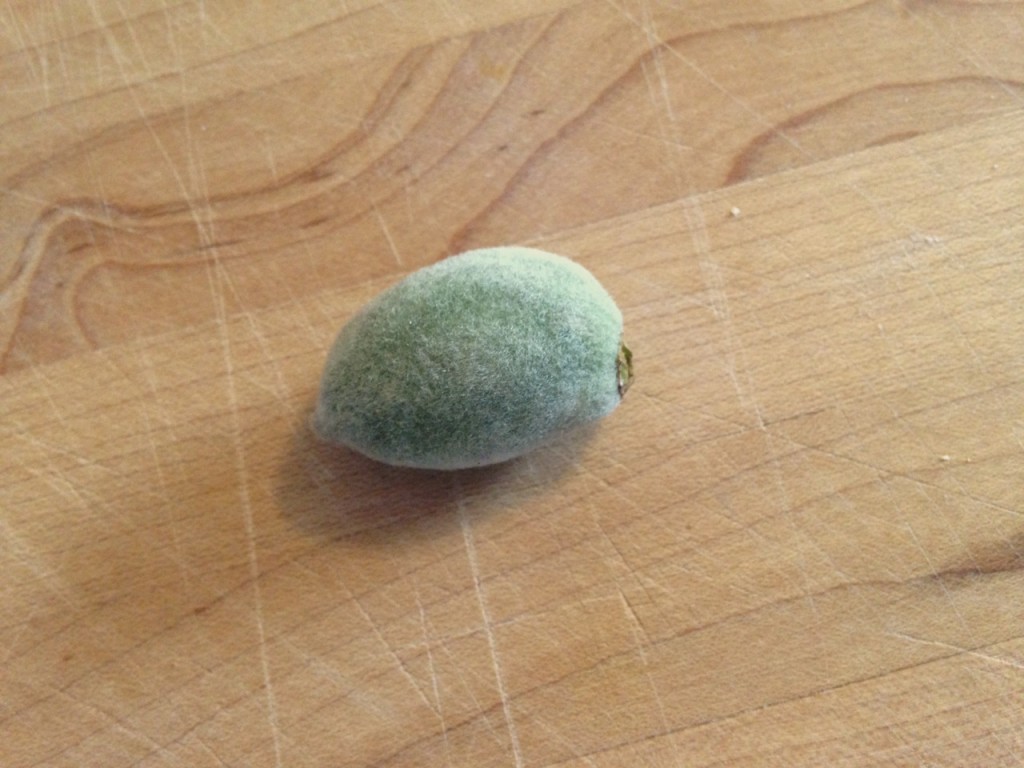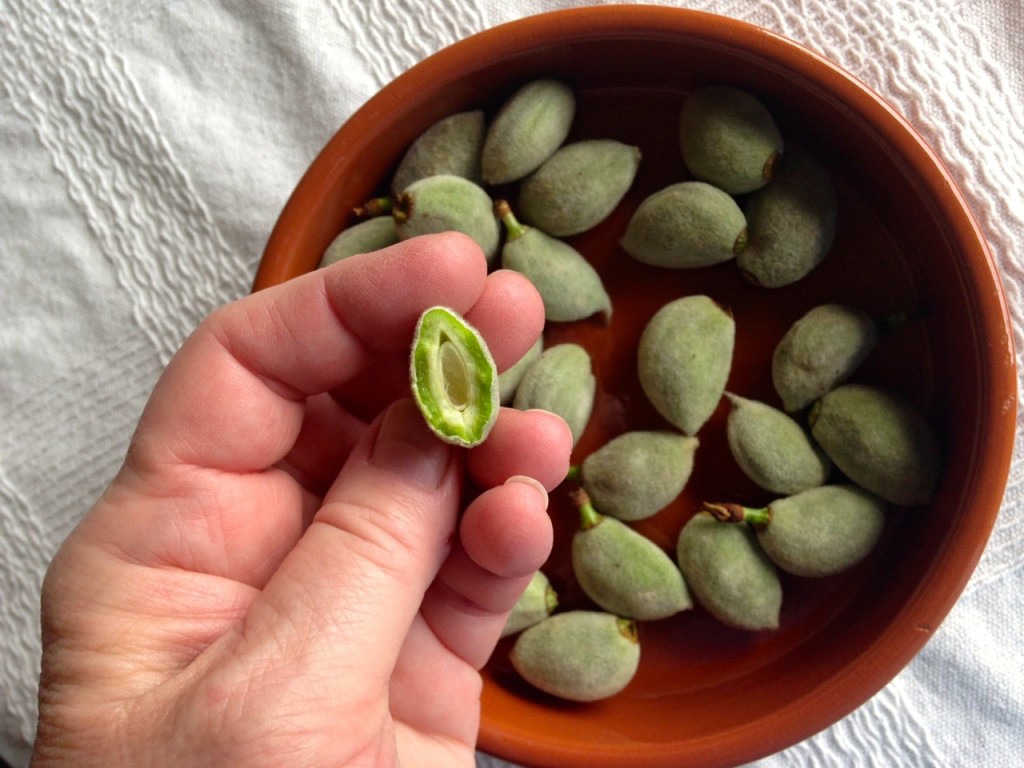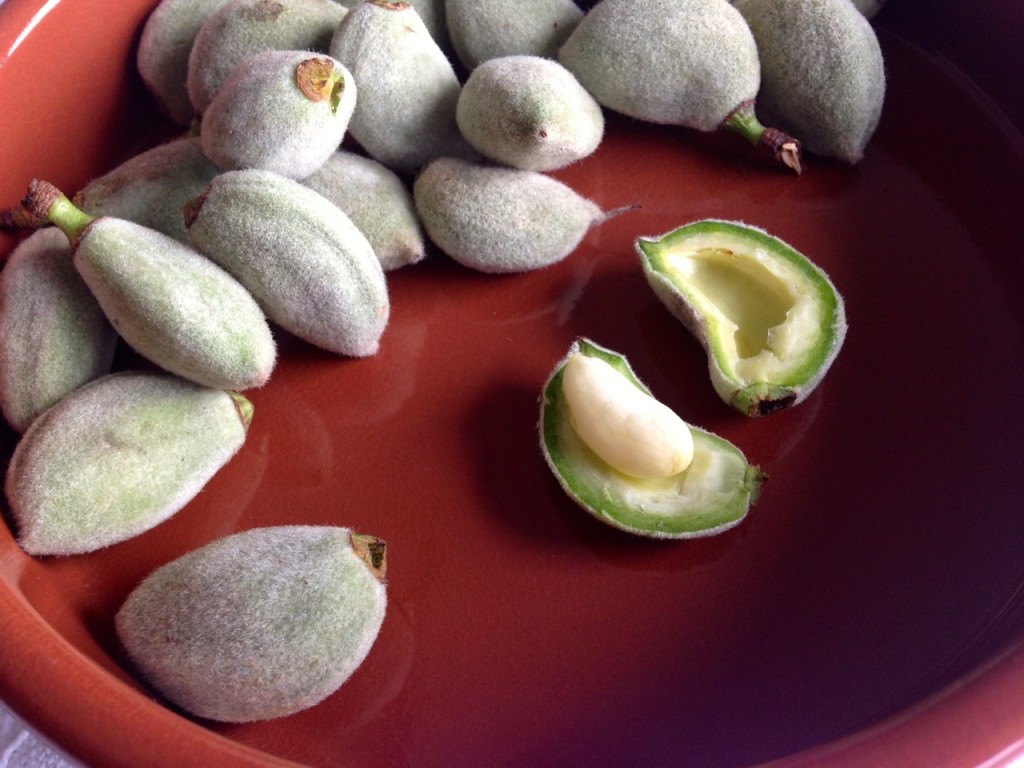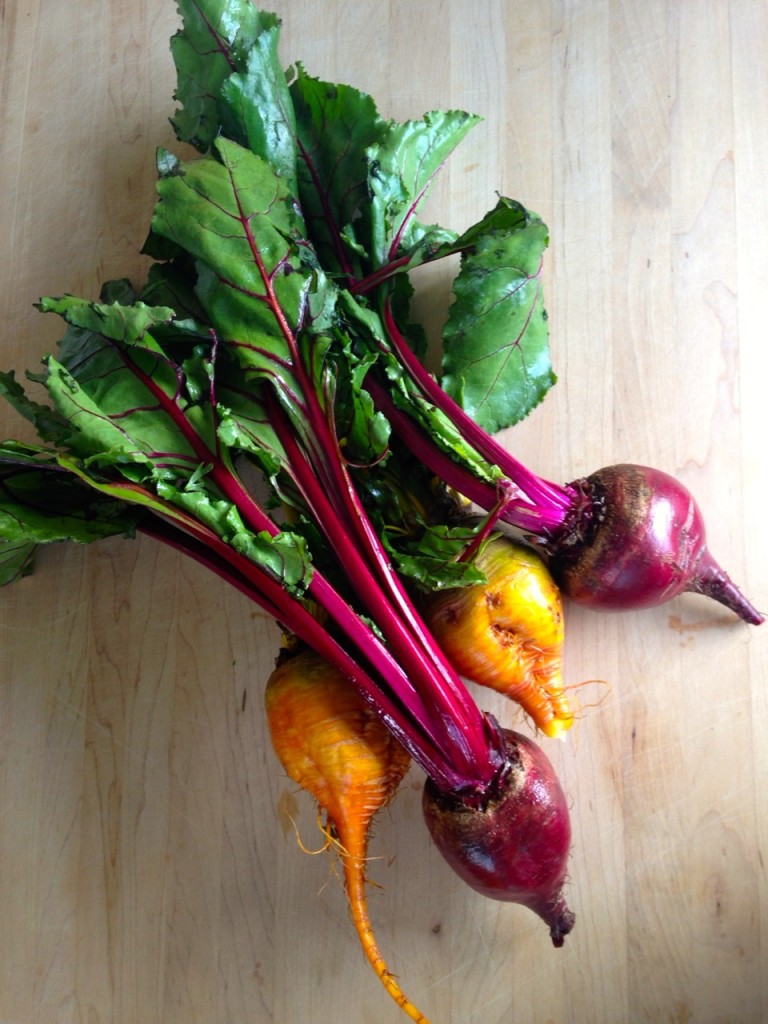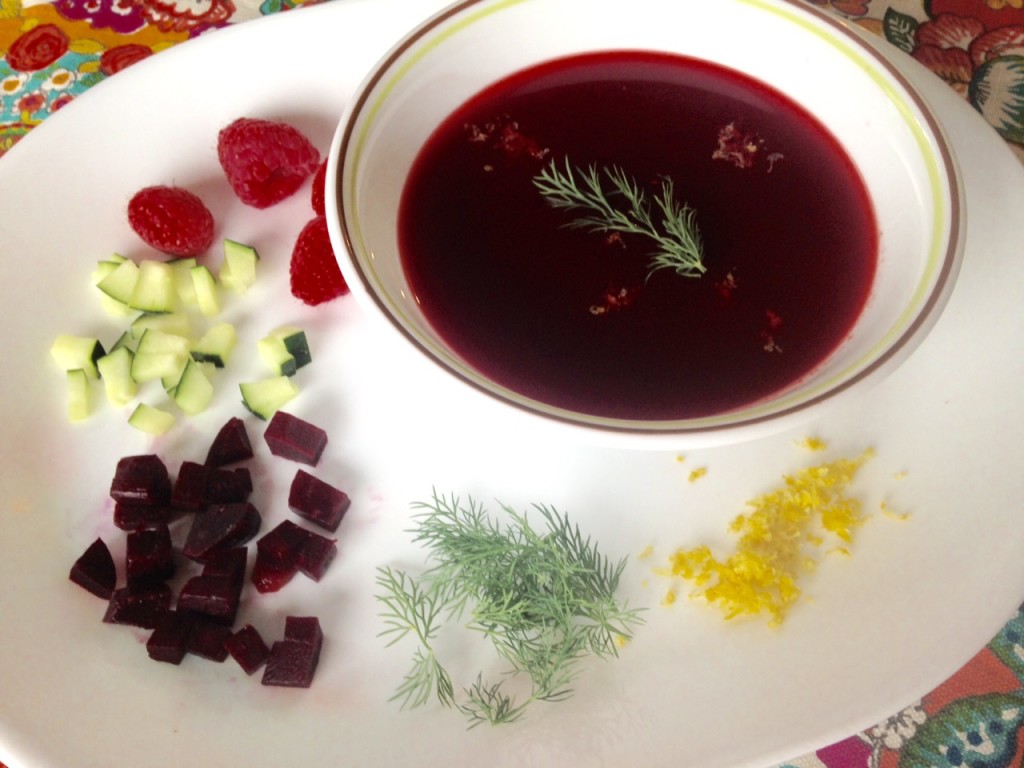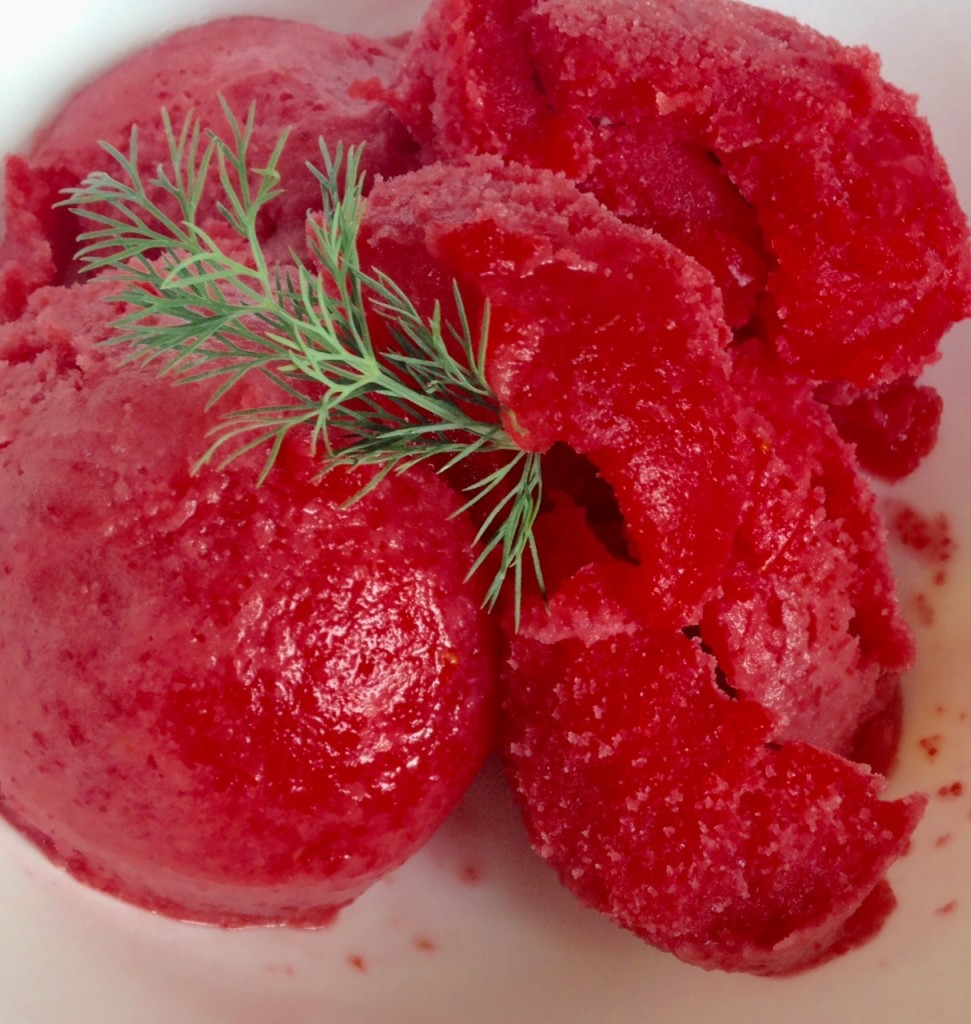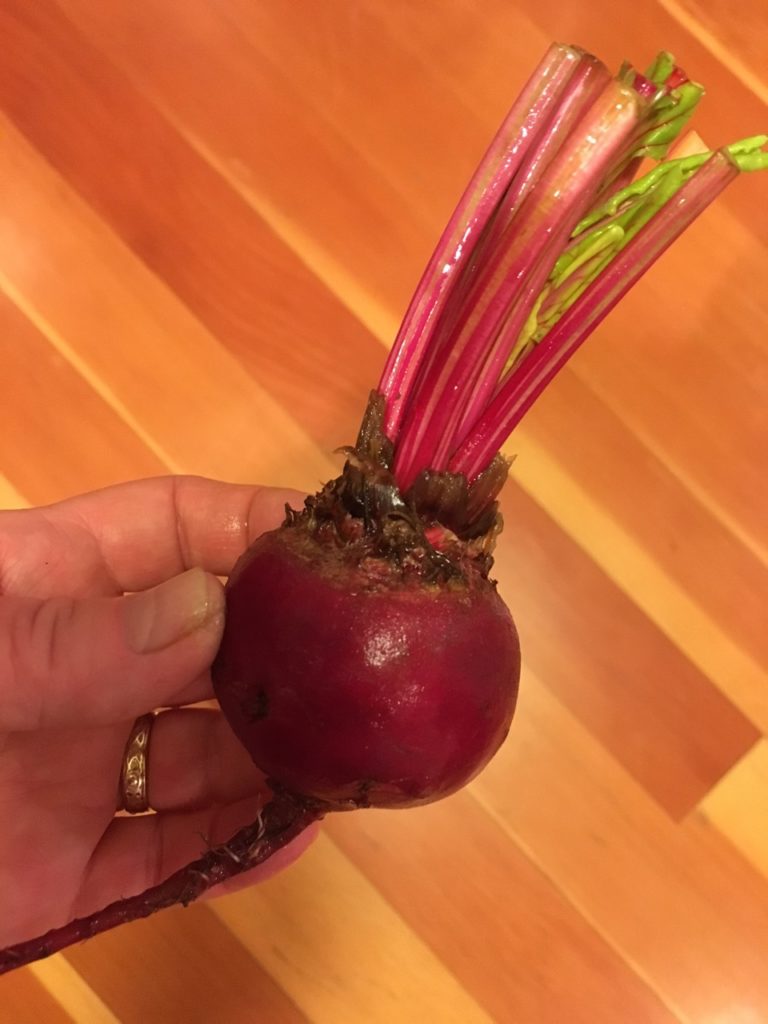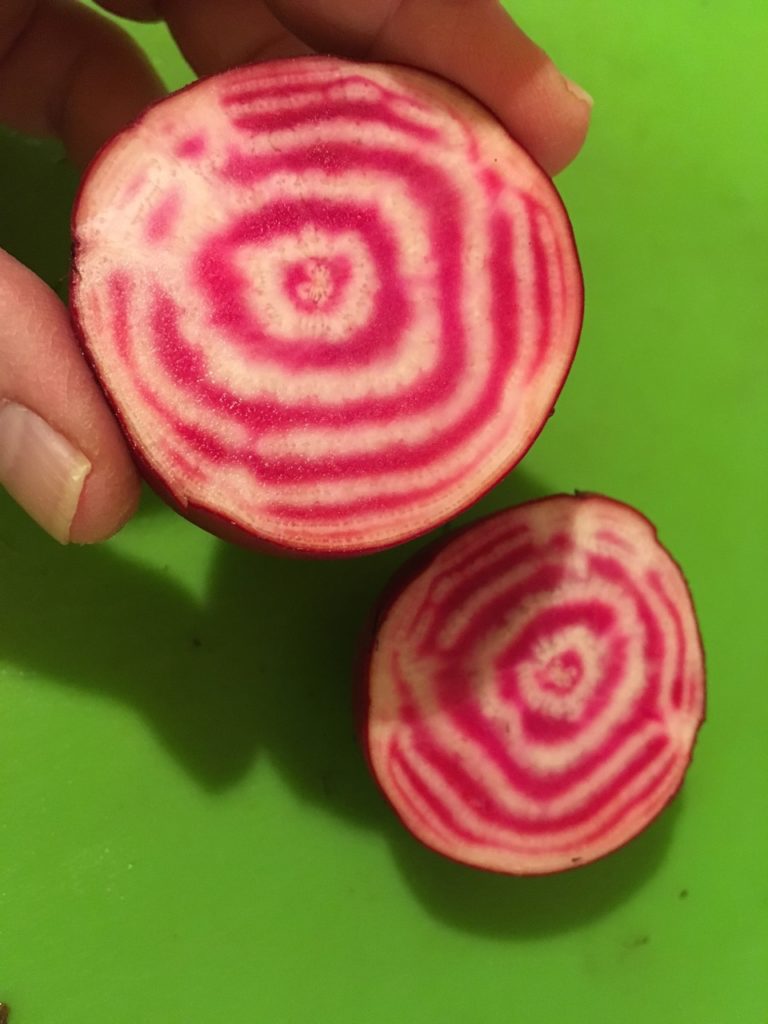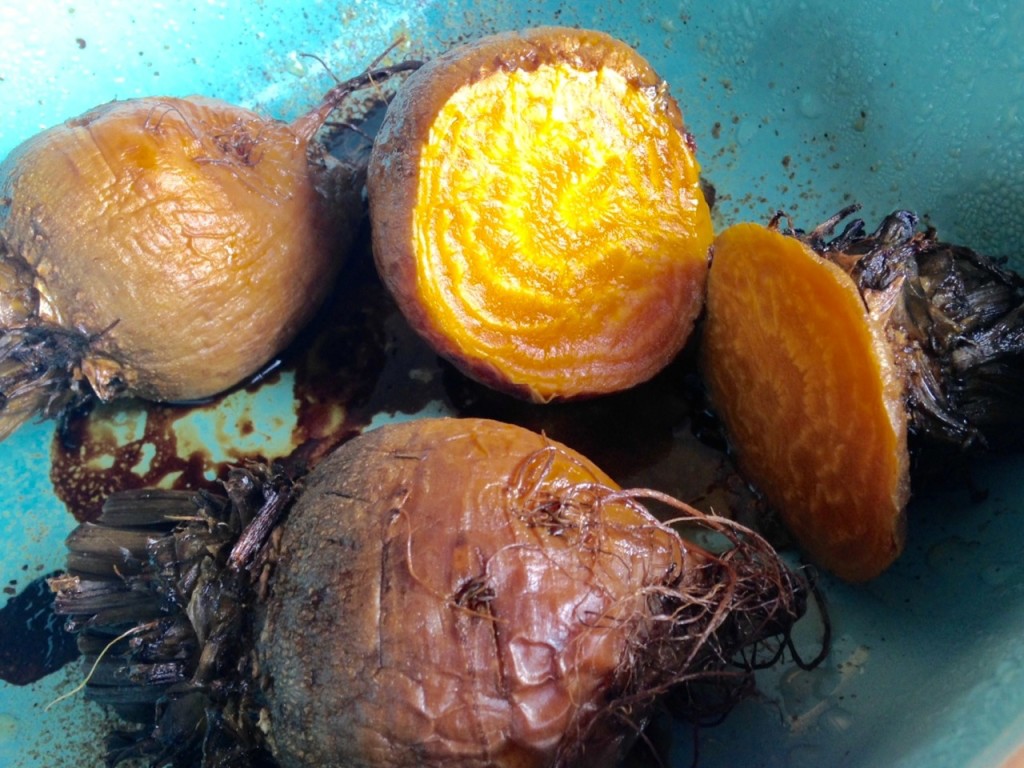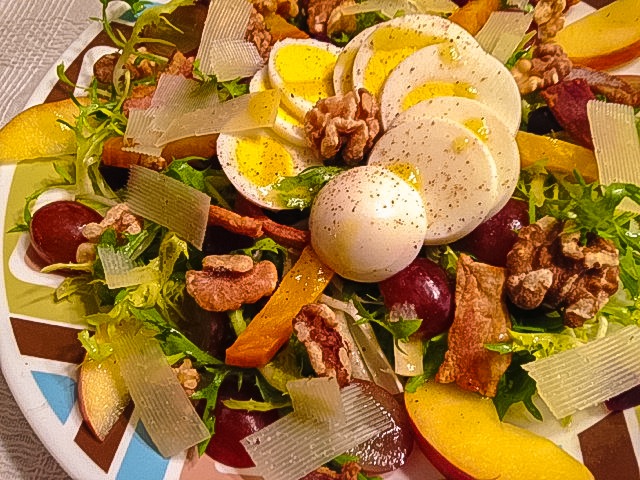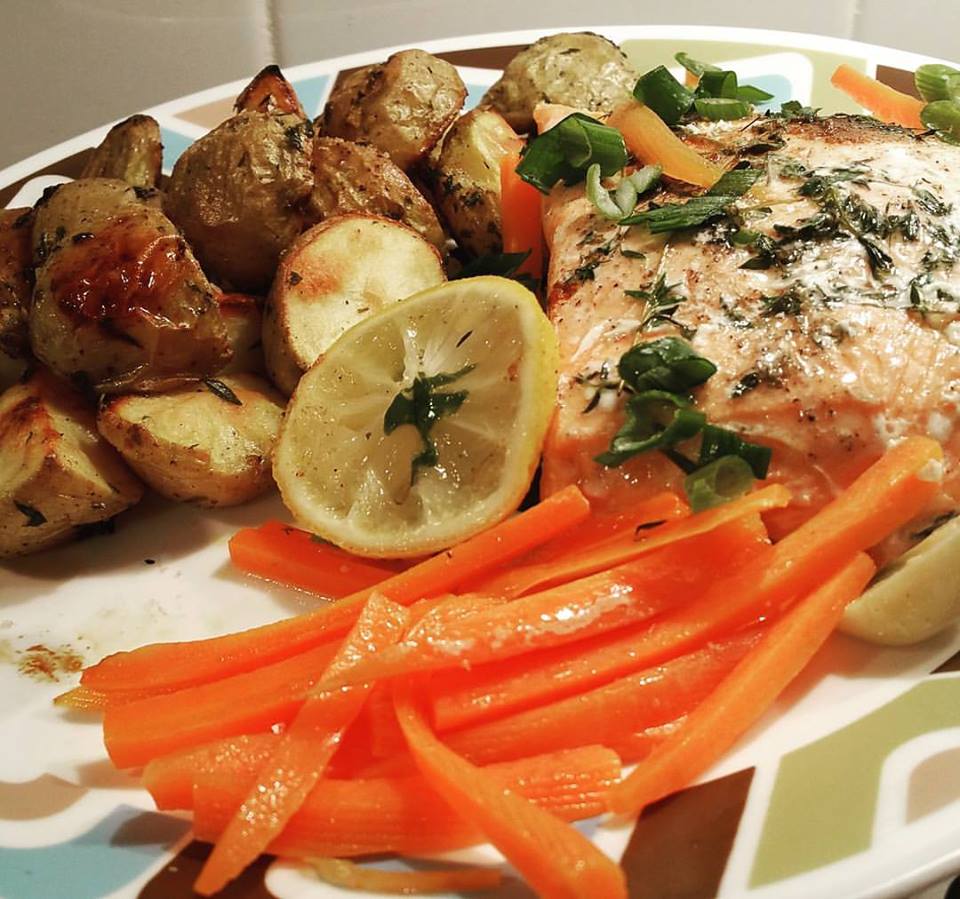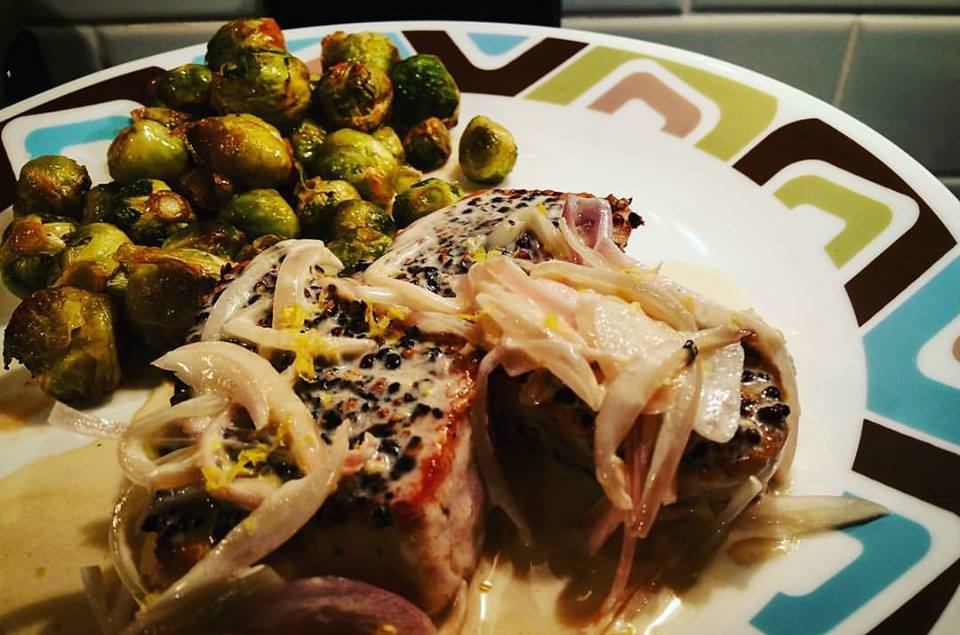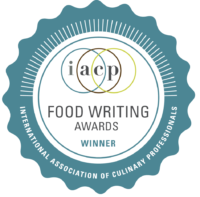While I’ve previously devoted this blog primarily to regional and international cuisines—and will continue to do so—I have a collection of essays in various stages of completion that I want to begin sharing in this space, food-related essays on my growing up days in the rural South. I love traveling and sampling the cuisines of the world, but at heart I’m still a Tennessee farm girl.
Churnin’
In my credulous preschool days the Beatles just wanted to hold my hand. That was about as racy as the radio ever got then. But before the Top 40 concept reached the hinterlands of rural, churchgoing Tennessee, you never could tell what sort of risqué business might ooze into your world on the airwaves. While it was nothing on a par with today’s no-holds-barred lyrics that could make a porn star blush, it was enough to stoke the imagination of a child brimming with more questions than the adults were willing to answer.
Once when I was about five, my momma and I were shopping in the general store just down the road from our farm when a chipper voice on its tinny speaker instructed:
“Keep on churnin’ till the butter come…
Keep on pumpin’ make the butter flow.
Wipe off the paddle and churn some more.”
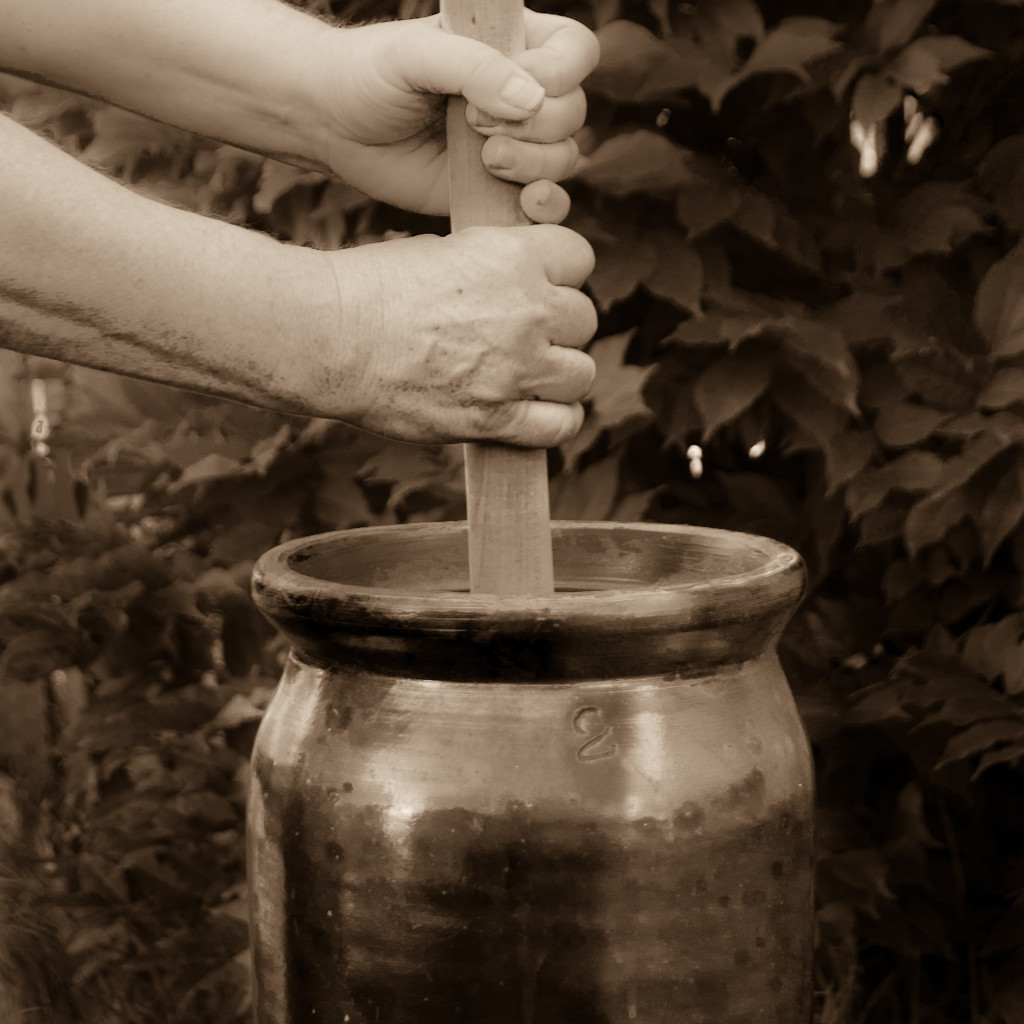 I asked her about it because I couldn’t understand why anyone would sing about making what we smeared onto our toast for breakfast.
I asked her about it because I couldn’t understand why anyone would sing about making what we smeared onto our toast for breakfast.
She grew ashen, pointed across the store and blurted, “Look! There’s a kitten!”
I raced over and began scouring the dry goods section but didn’t see it anywhere. By the time I returned to her side the song was over, and my questions shifted from the significance of those dairy-centric lyrics to the whereabouts of the mysteriously vanished kitten that I failed to find playing amongst the bib overalls and nubby work gloves.
Her diversionary tactics worked for a little while. Then I heard “I Like Bread and Butter” and decided it was my new favorite song after the luster had faded from the not-quite-so-snappy “Jesus Loves Me.” I’d prance around the house singing the sad story of the fellow whose girl feeds him bread and butter, and everything is hunky dory until he comes home early one day and finds her eating chicken and dumplings with another guy.
“Does this mean you can eat chicken and dumplings with your honey but not with anybody else?” I asked as she stirred a generous dollop of bacon drippings into the iron skillet filled with blackening green beans. “Or that it’s okay to eat bread and butter but it’s not okay to eat chicken and dumplings?” She told me I asked too many questions and that I’d understand when I was older. When those responses didn’t satisfy and I pressed the issue, she explained that children who were too inquisitive were in danger of going straight to H-E-double-L.
This made me wonder if there was some moral objection to dumplings that was simply too wicked to discuss. Our family didn’t eat them, and honestly, I wasn’t sure exactly what a dumpling was. There was no one I could turn to for clarification of these finer points of culinary propriety. My momma clearly wasn’t up to the task, and I figured if she couldn’t explain them to me, no one else could either. While my daddy was a farmer, and I’d witnessed plenty of hanky panky going on amongst the hogs and cattle, we never discussed the similarities between what the livestock was doing and what humans might get up to. Were any of those extra parts I saw while they were carrying on “dumplings?”
As concerned as my momma seemed to be about me skipping down the murky path to Aitcheedubulel, wherever that was, I decided this question should remain unasked. Singing about food was inexcusably naughty. Period. But the issue lingered in my mind, and I began looking everywhere, musing over song lyrics and searching for clues to this conundrum. At church I browsed through the hymnal during sermons and was surprised to find that even the hymns we sang at Thanksgiving, the season for conveniently overlooking the sin of gluttony, made only scant and unhelpful mention of food. The holiday table at church groaned from the weight of turkey, dressing, brown-and-serve rolls, countless congealed salads and plenteous desserts. There, as everywhere else, we talked about food, obsessed over it and packed it away in huge quantities.
We just didn’t sing about it.
Then one day a woman’s smoky voice spilled out of our lunchbox-sized, leather-bound transistor radio. “I need a little sugar in my bowl,” she sighed. “I need a little hot dog between my rolls.” I held my tongue until the singer of “All That Meat and No Potatoes” bemoaned that he was “waitin’, palpitatin’.” Picking judiciously through the food references, I focused on the non-food word.
“Momma, what’s ‘palpitatin’?”
“It’s a ten-dollar word for goin’ to the devil,” she snapped, her face crimsoning to the shade of our rooster’s crown, and switched off the radio with such vehemence I thought the knob would break off in her hand.
So proximity alone was enough to get a word barred from discussion. This was a difficult time for a child enamored of words and already stoking her vocabulary for life as a writer.
Finally I started school, with each day beginning and ending on the bus, surrounded by kids of all ages and backgrounds. The worldly high school men sat on the back three rows and snickered about things like “makin’ bacon.” Their obsession with food puzzled me, until finally I began putting the clues together, noting that somehow it involved s-e-x and that this stuff was supposed to be fun. But they clammed up every time they saw me glancing back their way, so I got only, um, snatches of the mystery.
By second grade I decided the playground was the only sensible place to learn what “doing it” was all about, when my worldly, town-dwelling friend Patty promised to explain it to me during recess one day. I counted the miserably slow minutes until we hit the playground.
We hung upside down on the monkey bars in silence for what seemed like forever, when suddenly she heaved herself over, grabbed my shoulders, pressed her lips against my ear and whispered: “A boy pulls down his pants, and a girl pulls down her panties, and he sticks his you-know-what into her you-know-what.” Then she let go of my shoulders, and I swung back into my solitary upside down space, more knowledgeable but feeling cheated.
That was it? I had to hang by my knees until I was lightheaded just to hear that? I had a brother and a raft of boy cousins, so it wasn’t like I’d never caught a glimpse of their equipment when someone had left the bathroom door open. But her account sounded too matter-of-fact, basic “insert Tab A into Slot A” business, and not like the kind of knowledge that needed to be so carefully guarded. And not like any fun at all, certainly not like something you’d want to sing about.
Before I could react the bell rang. We unhooked our knees, turned the requisite flip and dropped to the dusty ground.
“But what about butter?” I called after her as she raced ahead of me to the schoolhouse door. “And potatoes . . . and dumplings?” She stopped in her tracks and looked back at me in bewilderment, her authority dissolving. She was just as baffled as I was.
Further complicating matters were whispered suggestions that sex and babies were somehow connected. One day as I set the table for dinner, a boy called in to “Swap Shop” on the radio and offered to trade his rock-n-roll records for a baby bed. Momma let out a hoot but then sucked it back in, as quick as the cord retreated back into our fancy new Electrolux vacuum cleaner.
So there was a clue. I knew women carried their babies around under their baggy dresses until they got tired of that. Then they pulled the babies out from under their dresses, wrapped them in blankets and carried them around in their arms. But how did they get there in the first place? Did singing about food cause them to get the babies? How was that possible?
Deepening the mystery was the introduction of Better Than Sex Cake. Every upstanding churchwoman and neighbor lady had a recipe for it, but they always whispered its name with a blush and a titter. Being a kid, I had nothing to compare it to. Even my stately grandmother began bringing this cake to church potlucks, and she whispered and tittered with all the rest. I had no appreciation for it simply because it wasn’t chocolate. I’d look at her cake, pale yellow and loaded with crushed pineapple and instant vanilla pudding and topped with canned whipped cream and flaked coconut, and I’d shudder. It was the sum and substance of everything I despised in a dessert, because there were flavor issues. And texture issues. It was supposed to be better than sex, so I held out scant hope that sex would be worth the bother.
No evidence remains to confirm my doubts because at some point these recipes vanished from the collections of both grandmothers. I think all venerable Southern women make a pact so that whenever one of them dies, the others will sneak into her kitchen, ninja style, spirit away her Better Than Sex Cake recipe and destroy it.
What did I learn about sex from all this vagueness, from the tittering and whispering about cake and the pretend kitten spotting? And from all that cryptic music in which the mysteries of food loomed so large?
Not much, but by the time I was in junior high and the boys were embarrassing the girls with their most obnoxious renditions of Robert Plant singing, “Squeeze my lemon ’til the juice runs down my leg,” I realized Led Zeppelin’s take on that old Howlin’ Wolf tune wasn’t about fruit at all. What adults couldn’t accomplish with averted eyes and evasive responses, teenaged boys reeking of Hai Karate and cigarettes could, and I began to appreciate that it’s through music and food that sex finds some of its most imaginative and playful expression. At least it gave us a way to speculate in public about things we otherwise didn’t dare discuss in polite society—and eventually develop our own savory vocabulary as we engaged in the fevered backseat exploration of lemons, potatoes, dumplings and all.
It turned out that churnin’ had nothing to do with dairy products and farm chores. It had everything to do with frosting the cake.
Better Than Sex Cake
The list of recipes for Better Than Sex Cake is endless, and like other sensual activities, completely open to interpretation. Essentially the idea is to load one cake with as much decadence as it can bear, and then add some more. While I believe no cake baked from pre-made, packaged ingredients is going to be better than sex, every recipe I’ve ever seen for it contained nothing homemade. So in the spirit of my Better Than Sex Cake-baking forebears, mine is also a combination of store-bought ingredients.
- 1 box of Betty Crocker Devil’s Food Cake mix, plus the ingredients listed on the box: 1¼ cups of water, ½ cup of vegetable oil and 3 eggs
- ½ of a 14-oz. can of sweetened condensed milk
- 1 small jar of caramel sauce
- 1 8-oz. container of Cool Whip
- chocolate chips, as needed
- peanut butter chips, as needed
- Butterfinger candy bars, as needed
Bake the cake according to the directions on the box.
Leave it in the pan, and let it cool partially on a wire rack, about 10 minutes.
While it is still warm, poke holes in the cake about an inch apart with the handle of a wooden spoon, and drop a few chocolate and peanut butter chips into each hole.
When the cake has finished cooling, pour the sweetened, condensed milk into the holes. Next pour the caramel topping over the cake and spread to cover. Then top the cake with the whipped topping (use it all!). Sprinkle with enough crushed Butterfingers to completely cover the whipped topping.
If any cake survives the initial assault, cover it tightly with plastic wrap and keep it in the refrigerator.

